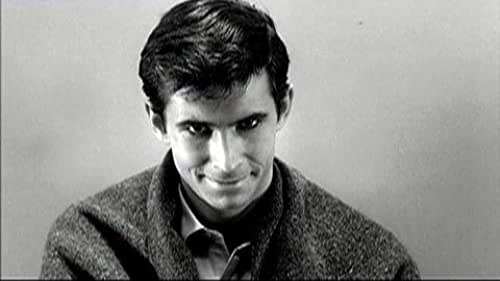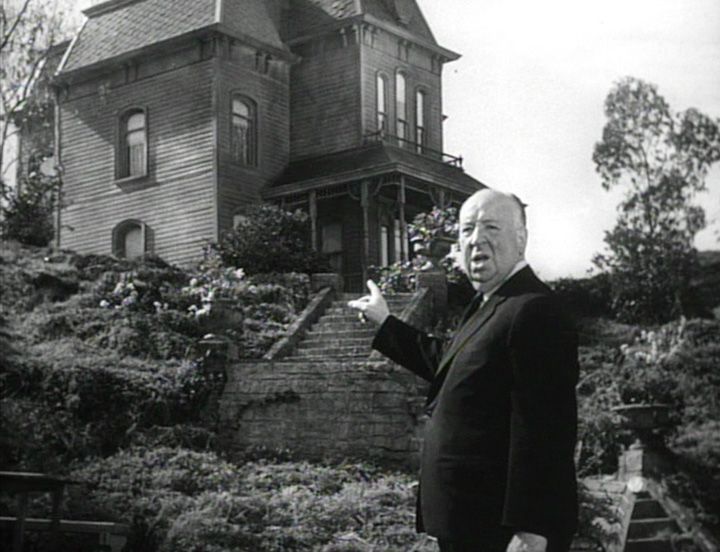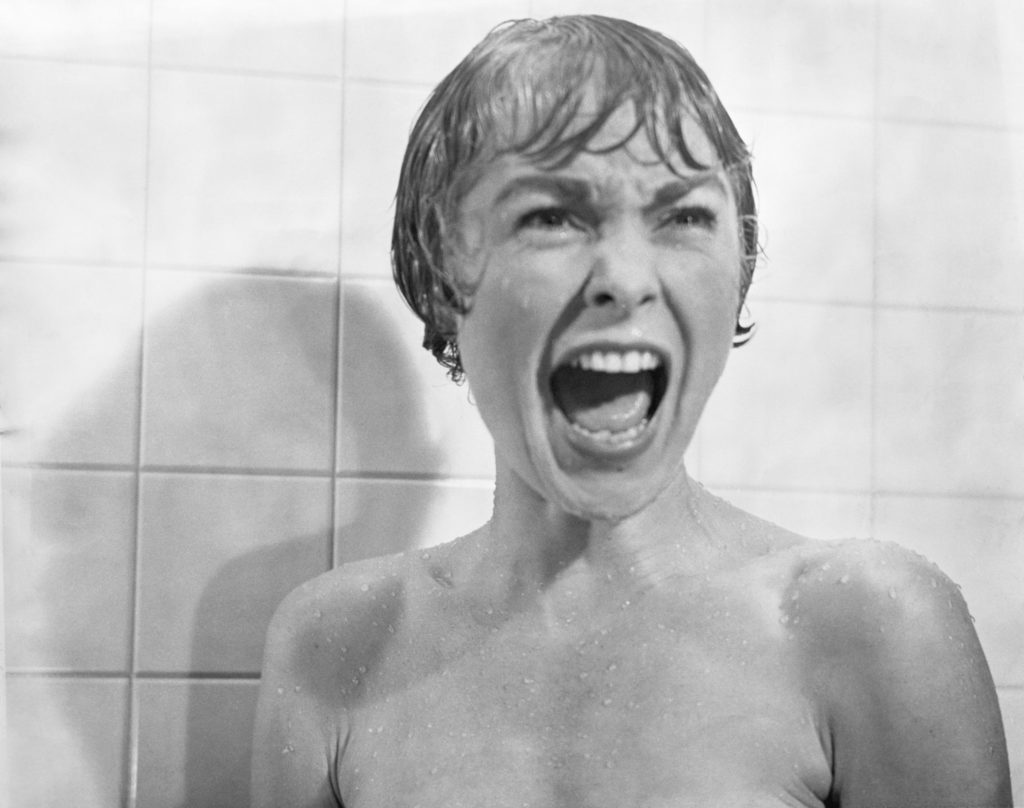In 1960, Alfred Hitchcock fired on all cylinders when he brought us a masterpiece based on the 1959 novel of the same title by Robert Bloch. Psycho was loosely inspired by serial killer Ed Gein as well as other people, including Bloch himself.
“We all go a little mad sometimes…haven’t you?”
Norman Bates

The story starts out with secretary Marion Crane (Janet Leigh) meeting with her boyfriend Sam Loomis (John Gavin) (no, not Dr. Loomis from Halloween, unfortunately) and after a quick session of love-making and gratuitous bra shots (this is the end of 1960, mind you) they discuss how they should get married but can’t do to Loomis’ debts / alimony payments. Crane goes back to work, and is entrusted with $40,000 by her boss to deposit (again, 1960, she might as well be rich at this point). One plot point leads to the other and she takes the money and runs with plans of using this deposit to clear the debts and marry Loomis.
Before moving on, it’s important to mention again that Janet Leigh spent several scenes in this film in a bra, and some with even less (although it is what we would refer today as tasteful). This, along with a few other quirks from distributor at the time such as the violence in few scenes caused Paramount Pictures to reduce the budget from right over $3 million to a little under $800,000. This is the main reason the film was shot in black and white when the technology to film in color was available.
Carrying on, Crane speeds to Loomis, being stopped by a policeman on the way which in her paranoia she trades her car in. I would assume the reasoning would be to reduce suspicion towards the $40 grand she stole, but she acts like a child who just took an extra cookie before bed time. When night falls, she stops at the derelict Bates Motel.

After meeting the caretaker, Norman Bates (Anthony Perkins), Crane has a quick bite to eat while Bates hospitably watches and then retires for the night. Next comes two of the most iconic scenes in not only horror history, but film history altogether. We get the first toilet flush on film ever (I don’t remember when and where I learned that, or why, but if I have to know it, so does anyone reading this), then we get the infamous shower scene.

This is something else that was unique for this film. At the time, Janet Leigh was probably the most well known actor of the whole cast. She was billed like a lead character (and for the most part she’s still remembered as one) and she is stabbed to death in the shower by a shadowed womanly figure 46 minutes in at less than half the runtime. Her body is stashed in the trunk of her car and driven into the swamp near the motel.
For the remainder of the film, we are in the perspective of Norman Bates, as well as Marion’s sister Lila Crane (Vera Miles) and Sam Loomis as they try and discover the whereabouts of Marion. They even call upon a private detective, detective Arbogast (Martin Balsam) to help. After Arbogast interrogates Bates about Crane, he starts snooping around the Bates house then he is slashed in the face by the same shadowy female figure, causing one of the oddest filming choices in horror history.

I’ll give Hitchcock and the cinematographer John L. Russell credit here. The budget was reduced by a 3rd and stunts aren’t cheap, so an artistic approach is probably the more interesting approach than just having the guy fall over dead. However, future sequels and remakes that recreate this shot…it’s not cute.
After Sam and Lila don’t hear any further correspondence from Arbogast, they go to the motel themselves. Sam notices a woman’s figure in the window, and assumes it to be Norman’s mother. They alert the sheriff who tells them that Norman’s mother has been dead for 10 years (dun dun dun?). The two rush back to the house to investigate, Sam distracts Norman (I’m actually just a little jealous of his ability to gab in this scene) while Lila goes to snoop around. When Norman notices that Lila is missing, he knocks Sam out and heads to the house to find her. Lila runs down to the cellar to hide, and finds Normans mother, a desiccated corpse. Norman, wearing a dress and a wig tries to attack her and is stopped by Sam at last moment.
The film concludes at a police station, with a psychiatrist giving an exposition dump that Norman had killed his mother and her lover out of jealousy, and out of guilt he mummified her corpse and kept her in the house as if she were still alive. He used his mother as an alternate personality who was possessive of her son and killed whenever he experienced feelings of arousal towards a woman.
In conclusion to this article, Psycho has influenced the genre and pop culture at large in many ways. Even if you weren’t born when this movie came out (I sure wasn’t), you’ve seen references to it in other media or you have heard the legendary score (Ri-Ri-Ri!). It’s praised as being one of the best films of all time, which isn’t something the horror genre sees a lot of. It’s referred to as being one of the inspirations to the slasher genre, and at the very least the slasher genre took a lot of tropes from this movie. I’ll eventually get to the sequels in this retroview series and perhaps the 5 season TV show, Bates Motel, in some capacity.
